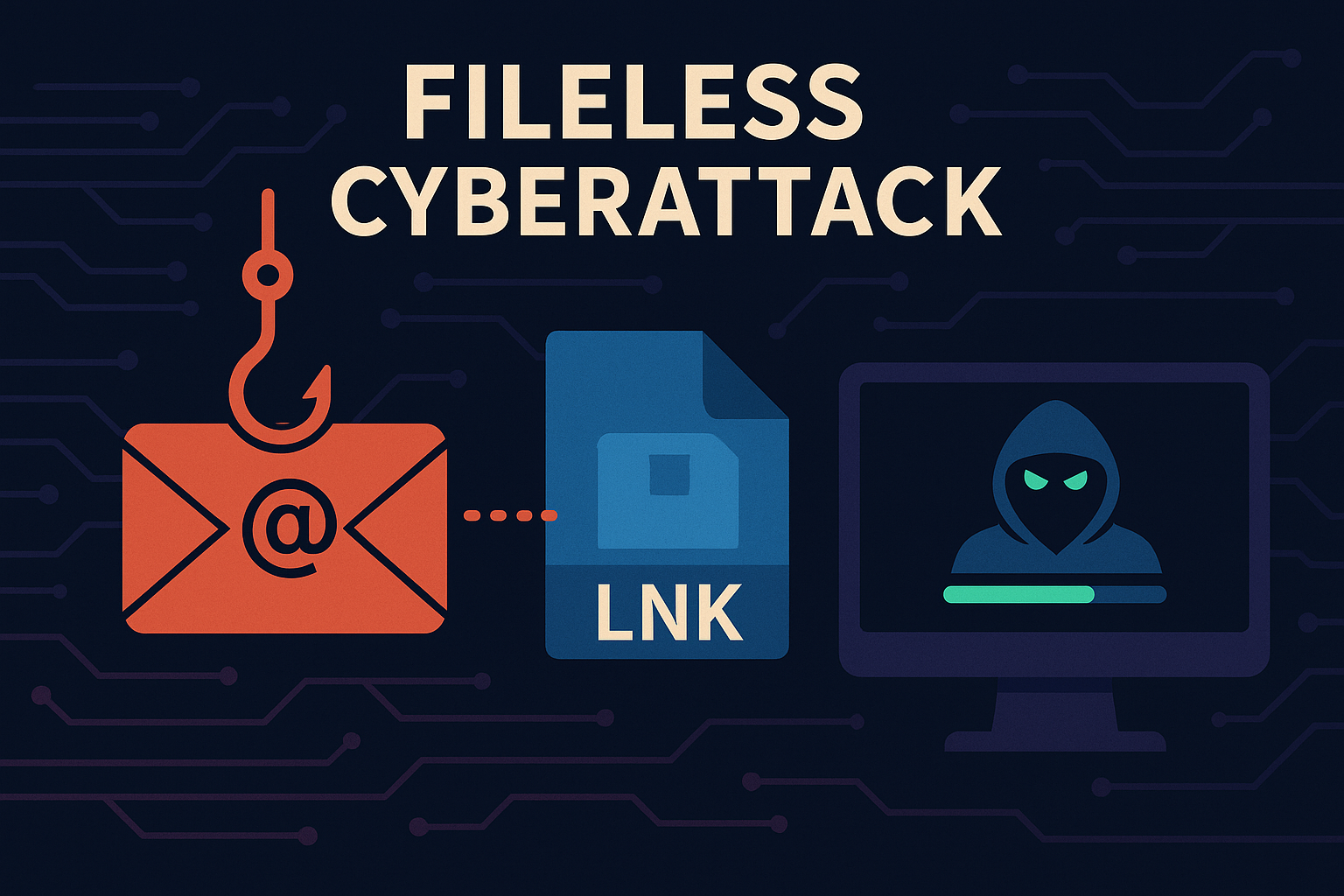🚨Phishing Attack Hides JavaScript Using Invisible Unicode Trick

A New Obfuscation Technique is Making Phishing Attacks Harder to Detect
Threat actors are constantly evolving their techniques to bypass security defenses, and a recently discovered obfuscation method using invisible Unicode characters has raised concerns in the cybersecurity community. This novel technique enables attackers to conceal malicious JavaScript code within phishing emails and webpages, making it significantly harder for security tools and analysts to detect.
How Attackers are Using Invisible Unicode Characters
This attack method was first observed targeting individuals affiliated with a U.S. political action committee (PAC) in early January 2025. The attackers used a specific Unicode trick to hide malicious JavaScript within seemingly harmless content.
Breakdown of the Technique:
- The core idea behind this method is the use of invisible Unicode characters, particularly Hangul half-width (U+FFA0) and Hangul full-width (U+3164). These characters are non-printing spaces that do not appear in normal text rendering.
- Attackers convert ASCII characters into their binary representation (0s and 1s) and replace them with these invisible Unicode characters.
- A JavaScript Proxy ‘get()’ trap is then used to decode the hidden script dynamically when the page is loaded or when a specific event is triggered.
- The obfuscated script can execute malicious commands, steal credentials, or deliver additional payloads while remaining hidden from traditional detection methods.
Obfuscated JavaScript Example for showing the technique:
const hiddenPayload = {
"\\uFFA0\\uFFA0\\u3164": "alert",
"\\uFFA0\\u3164\\uFFA0": "('This is a hidden attack!')"
}; const execute = new Proxy(hiddenPayload, {
get: (obj, prop) => eval(obj[prop])
}); // Triggering the hidden payload
execute["\\uFFA0\\uFFA0\\u3164"] + execute["\\uFFA0\\u3164\\uFFA0"];
This technique makes it difficult for signature-based security tools to flag the JavaScript as malicious because the code appears as blank space. Additionally, even manual analysis by security professionals can be challenging without specialized tools to decode the obfuscation.
Why This Technique is a Serious Threat
JavaScript obfuscation is not new, but this Unicode-based approach adds another layer of complexity that can evade standard detection mechanisms. Security solutions relying on pattern matching or static code analysis may fail to recognize the hidden script, allowing phishing emails and malicious webpages to bypass traditional defenses.
Moreover, this method can be integrated with other obfuscation techniques, further complicating detection efforts. Since phishing remains one of the most effective attack vectors for credential theft, malware delivery, and ransomware deployment, any technique that enhances the stealth of phishing campaigns is a major cybersecurity concern.
How to Protect Against This Attack
While this obfuscation technique is advanced, organizations and individuals can take steps to mitigate the risk:
- Advanced Email and Web Filtering: Ensure security solutions can analyze JavaScript behavior rather than just relying on static code analysis. Implement filters that flag emails containing unusual Unicode characters.
- Regular Security Assessments: Conduct penetration testing and phishing simulations to evaluate your organization's resilience against such sophisticated threats.
- Employee Awareness and Training: Since phishing remains a leading attack vector, training employees to identify suspicious emails and links is crucial.
- Behavior-Based Threat Detection: Implement solutions that analyze JavaScript execution patterns rather than relying solely on signature-based detection.
- Monitoring for Unicode Abuse: Security teams should use tools that can identify and decode hidden characters within scripts and emails.
Learn More About Phishing Prevention
Phishing tactics continue to evolve, and attackers are leveraging increasingly sophisticated methods to bypass security measures. To stay ahead of these threats, it’s essential to understand how phishing attacks work and how to defend against them effectively.
For a deeper dive into phishing prevention and countermeasures, consider enrolling in the Certified Phishing Prevention Specialist (CPPS) course offered by Hack & Fix. This course provides practical insights into identifying, preventing, and mitigating phishing attacks, including advanced obfuscation techniques like the one discussed in this article.







